
Prajou Menhir
Trébeurden
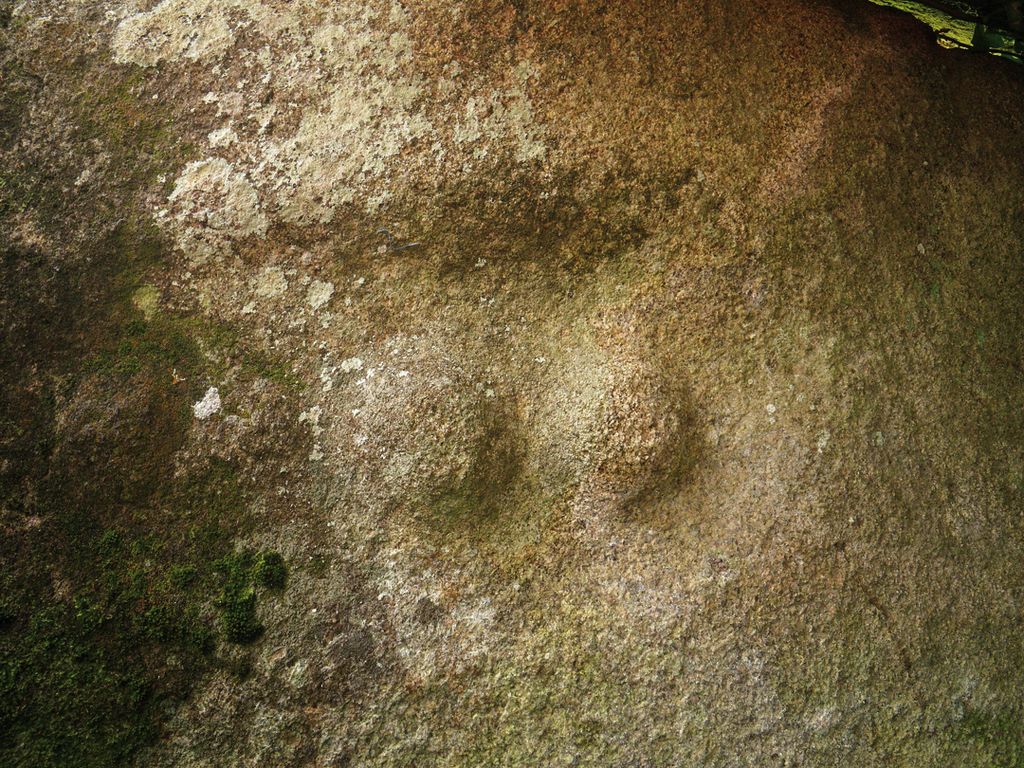
About
Probably dating from the third millennium B.C., Prajou-Menhir is the largest of the gallery graves in Trébeurden. It measures 14.5 metres in length and is made up of seven stone slabs. Did you know that its name means "Meadonws of the long stones" in Breton? Erected during the Neolithic period, gallery graves are megalithic monuments which would have served as collective graves. Over the centuries, they have seen other uses by successive generations of local inhabitants, who transformed them into shelters or storage for tools, for example. These carvings, on the upright stones of the gallery grave’s most difficult to access area symbolise breasts and the great Mother Goddess of Neolithic times.
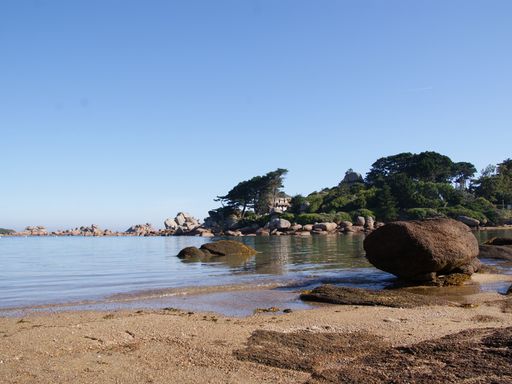

Saint-Guirec beach
Perros-Guirec
Opposite the small beach of white sand stands a granite oratory, built around the eleventh and twelfth centuries from an old Gaulish stele (carved stone slab). Capitals carved with animal designs...  See
See
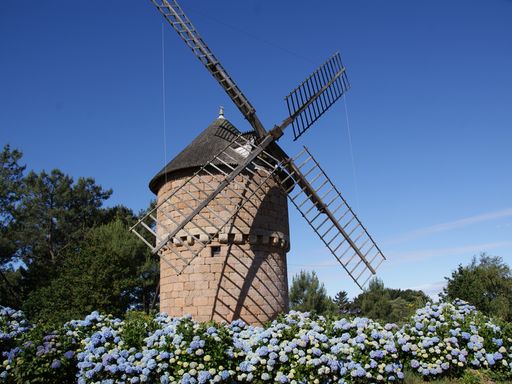

La Lande du Crac‘h windmill
Perros-Guirec
Crac‘h windmill, restored in 1986, bears testament to an era before the steam engine. Close up, you will be able to make out the engraving "1727" in the stone, likely indicating its date of...  See
See
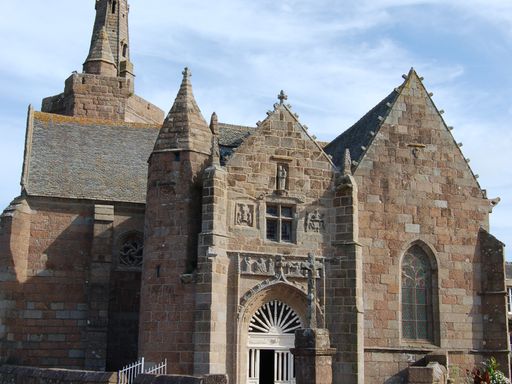

La Clarté Chapel (Itron Varia Ar Sklerder)
Perros-Guirec
Classified as a historic monument and containing some architectural treasures, Notre Dame de la Clarté is not to be missed. Dating from the fifteenth century and finished in the eighteenth century,...  See
See
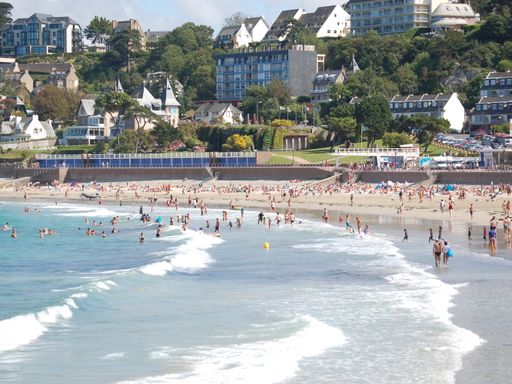

Trestraou beach
Perros-Guirec
The bay of Trestraou was at the root of the development of tourism in Perros-Guirec. In the nineteenth century, swimming in the sea was recognised for its curative qualities and became fashionable....  See
See



